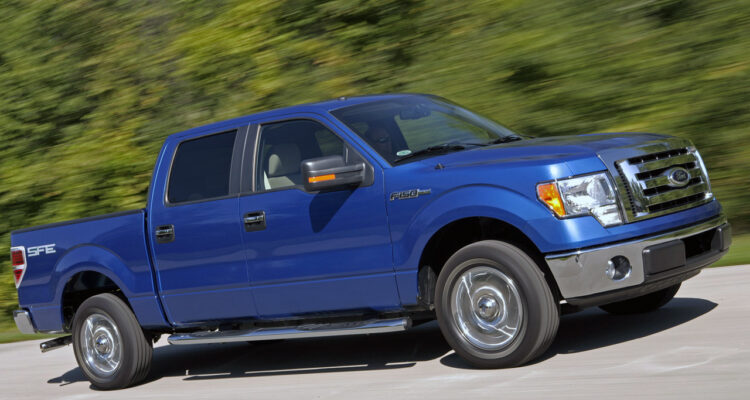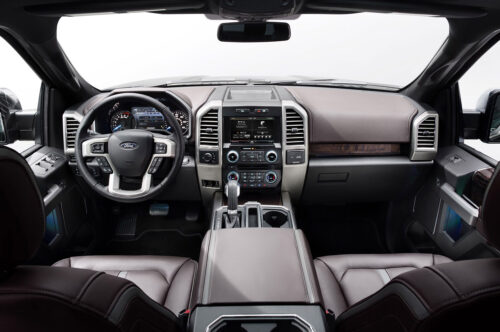Not only is the Ford F-Series pickup truck the best-selling motor vehicle in Canada, but its sales handily outstrip those of the entire lineups of most automakers in this country.
We don’t know why Canada’s best-selling vehicle is a pickup truck, nor why Ford finds favour with more pickup buyers than its competitors, but most of the credit for Ford’s truck success lies with its light-duty F-150.
In 2009, Ford marked the arrival of the 12th generation of its F-Series truck line with bolder styling that lent this pickup a tougher look. And in 2011, the F-150 was among the first Ford models to use the brand’s EcoBoost turbocharged engine technology in a 3.5L V6 that boasted more power than the pair of V8s it replaced.
Unsurprisingly, some F-150 owners were hesitant about such high-tech trickery in their trucks, and their hunch may have been correct, at least in early versions of that EcoBoost engine. It proved prone to drivability issues caused by condensation inside the intercooler, a radiator of sorts that cools the air before the turbo forces it into the engine. (http://www.ford-trucks.com/forums/1164794-4000-miles-in-2-weeks-with-my-2012-ecoboost.html) Ford issued an advisory to its dealer service departments to help them diagnose and treat the problem, which is more common in damp and humid places. One enterprising owner came up with the idea of drilling a tiny hole in the intercooler to let water drain out, a trick the mechanic in this video says actually works.
The EcoBoost V6 and the 5.0L V8 are both known for a vibration or shuddering sensation commonly felt at highway speeds and when the transmission is in top gear.
Ford’s older V8s were not trouble-free either: certain versions of those engines (but not the newer 5.0L introduced alongside the turbo V6) are known for spark plugs that can break off as they’re being removed from the engine if the person doing the work isn’t careful, creating an expensive inconvenience.
The F-150’s transmission appears robust, but watch for a hard shift from first to second gears and back again, which might be fixed with a software update for the transmission’s electronic brain.
Ford issued a service advisory for a clunk in the steering caused by a joint in the mechanism between the steering wheel and front wheels; (http://www.f150forum.com/f38/steering-wheel-popping-over-bumps-rough-terrain-94150/) a different clunk, usually heard when driving away or coming to a stop, is due to a lack of lubrication between two sections of the driveshaft. Another advisory dealt with water leaks into the headliner near the rear window of the cab.
In the climate control system, the “blend” door, which controls the temperature of the air blown into the cabin, is a common trouble spot. Most F-150s of this generation will have some form of Ford’s Sync infotainment system, whose early versions were the target of complaints about slow responses and system crashes.
Bottom line: The F-150 is a fine performer regardless of the engine you choose, but each one brings its own quirks to the party. Thankfully, none are major reliability concerns, but during your test drive, listen for untoward noises and vibrations from the engine and driveline, and make sure the climate control and infotainment systems work as they should. And while it’s tempting to choose an upscale trim like the King Ranch edition, know that the extra weight of luxury and convenience items eats into the truck’s cargo payload and towing capacities.






